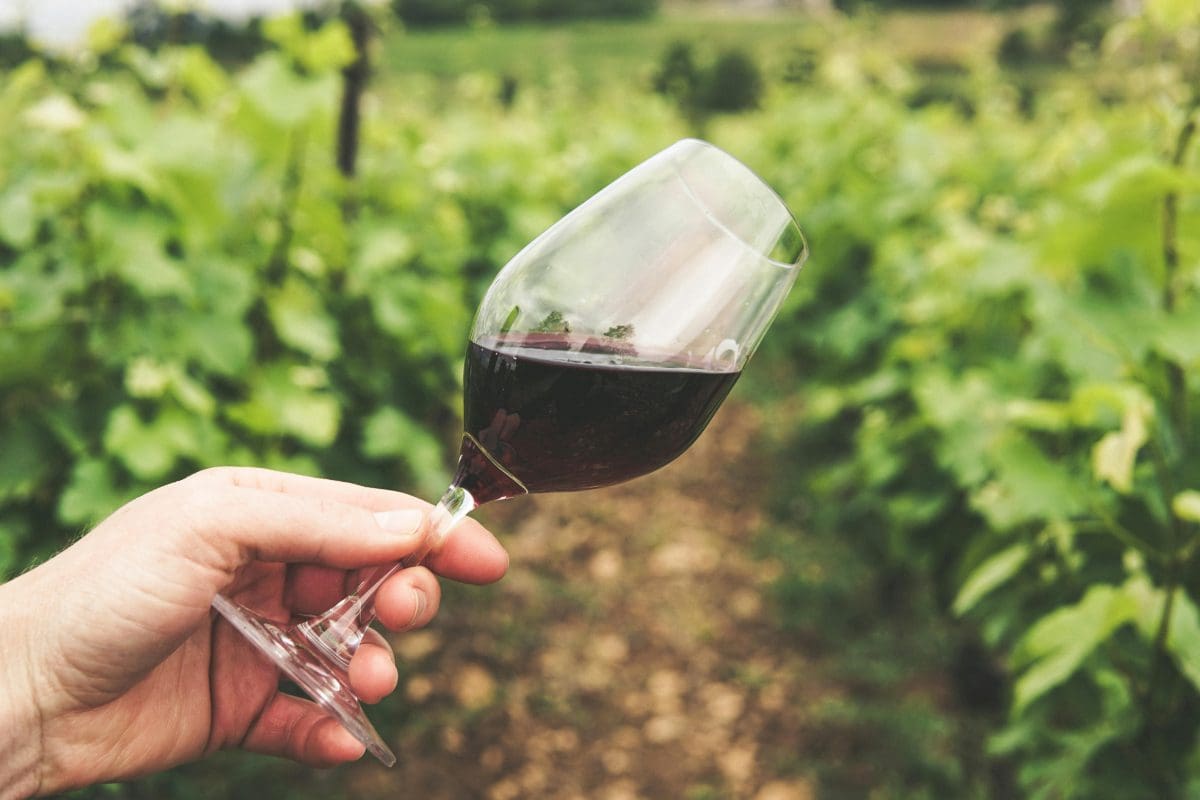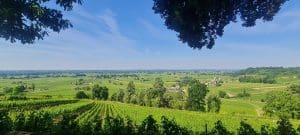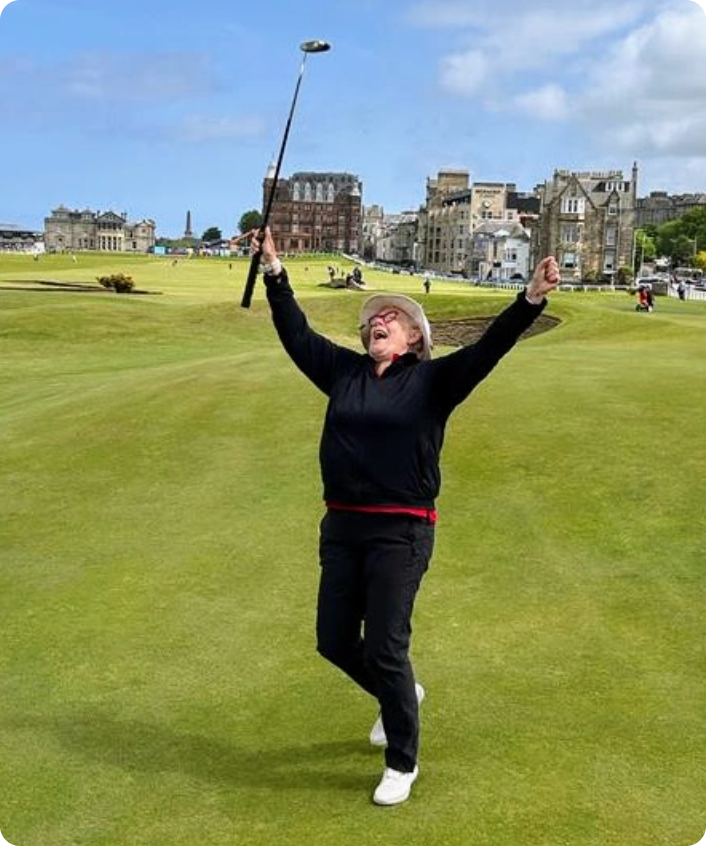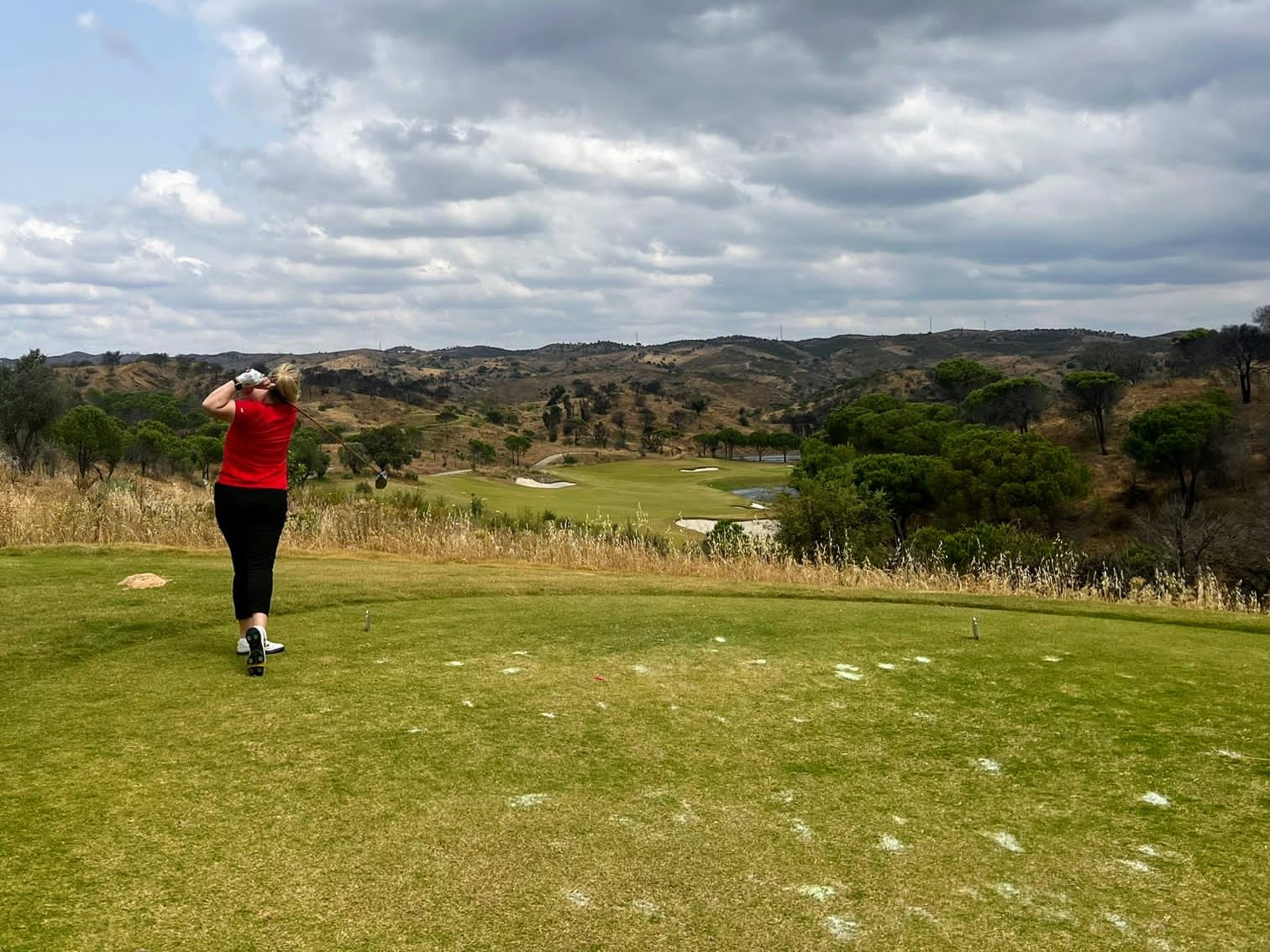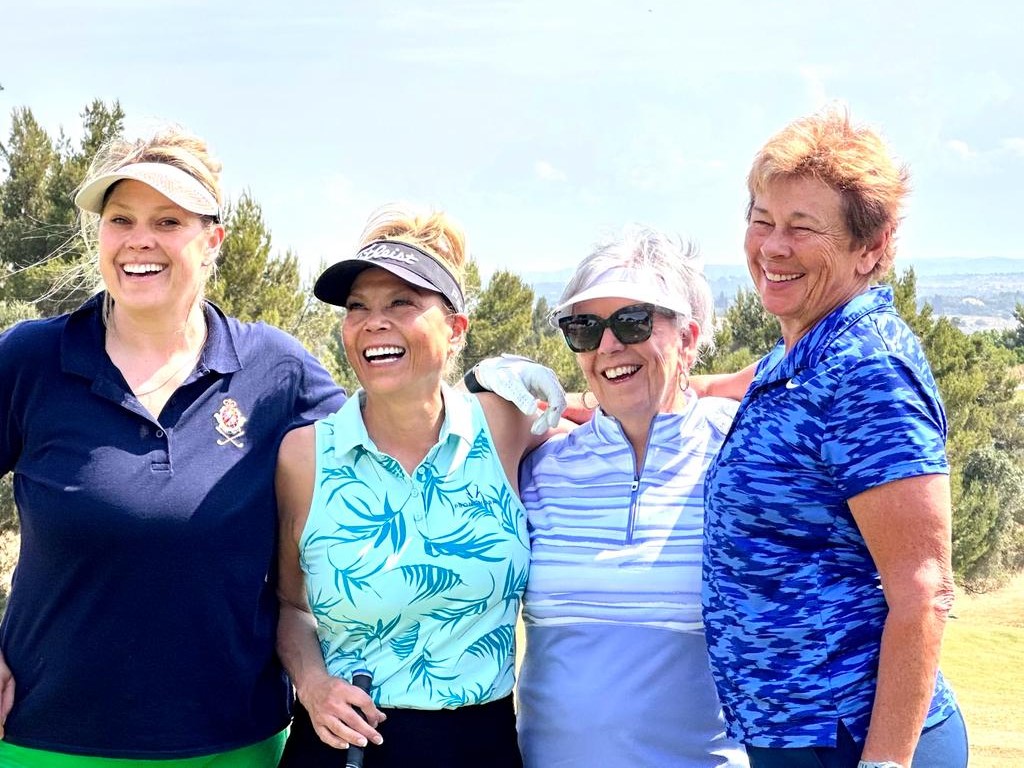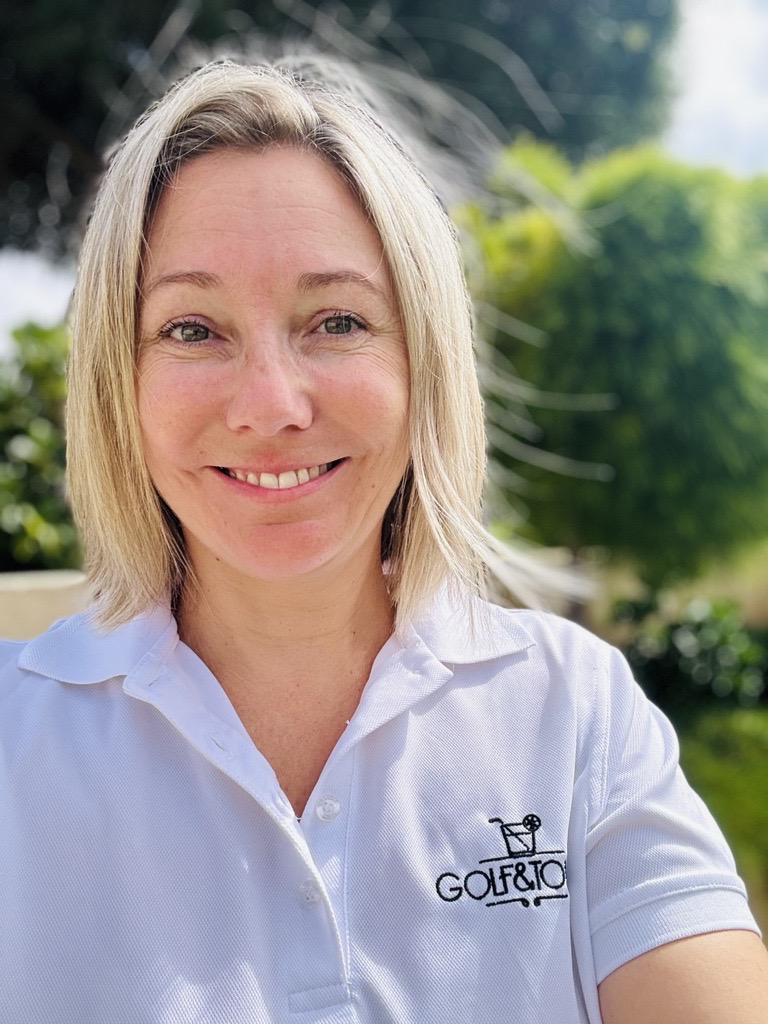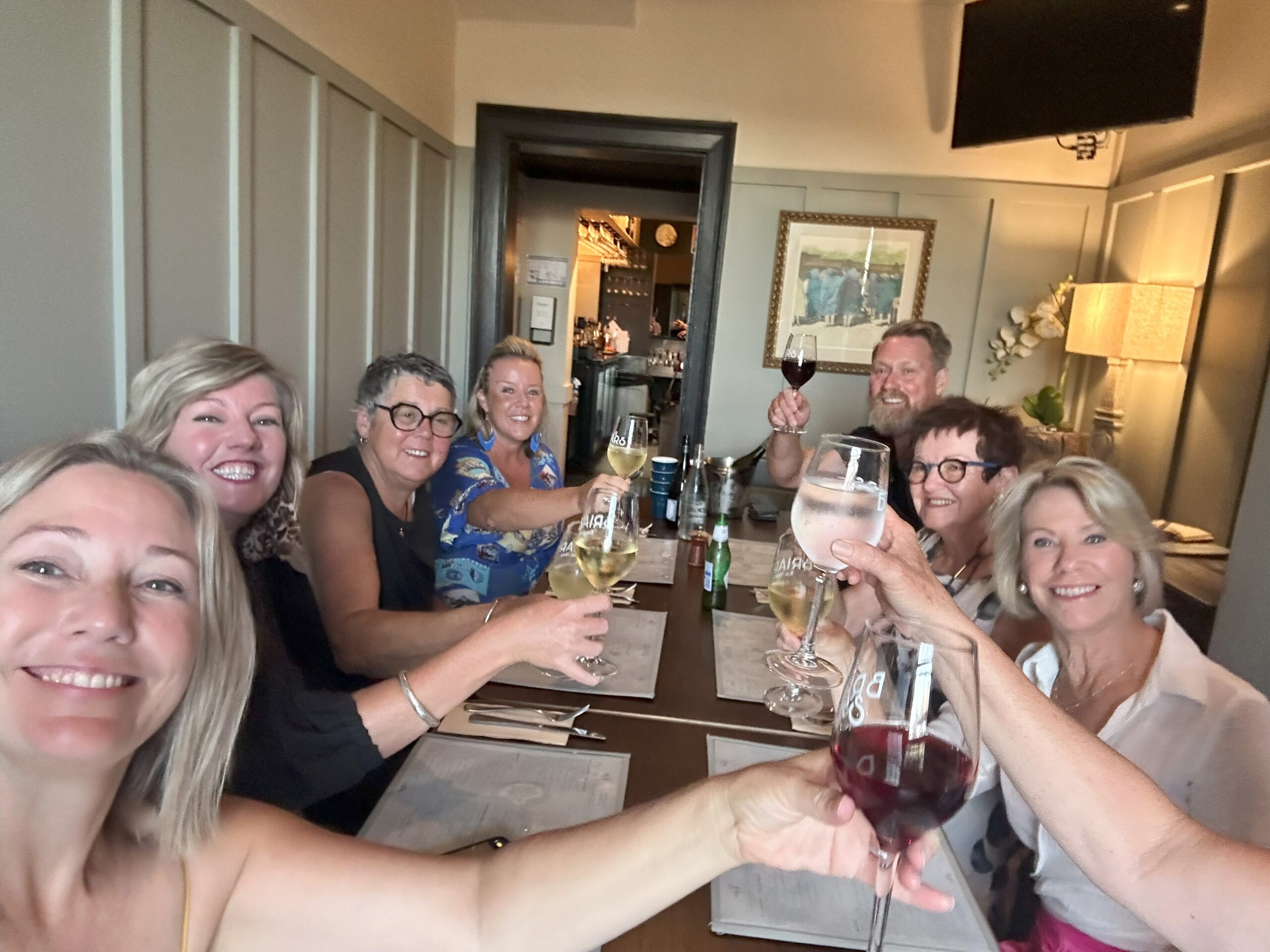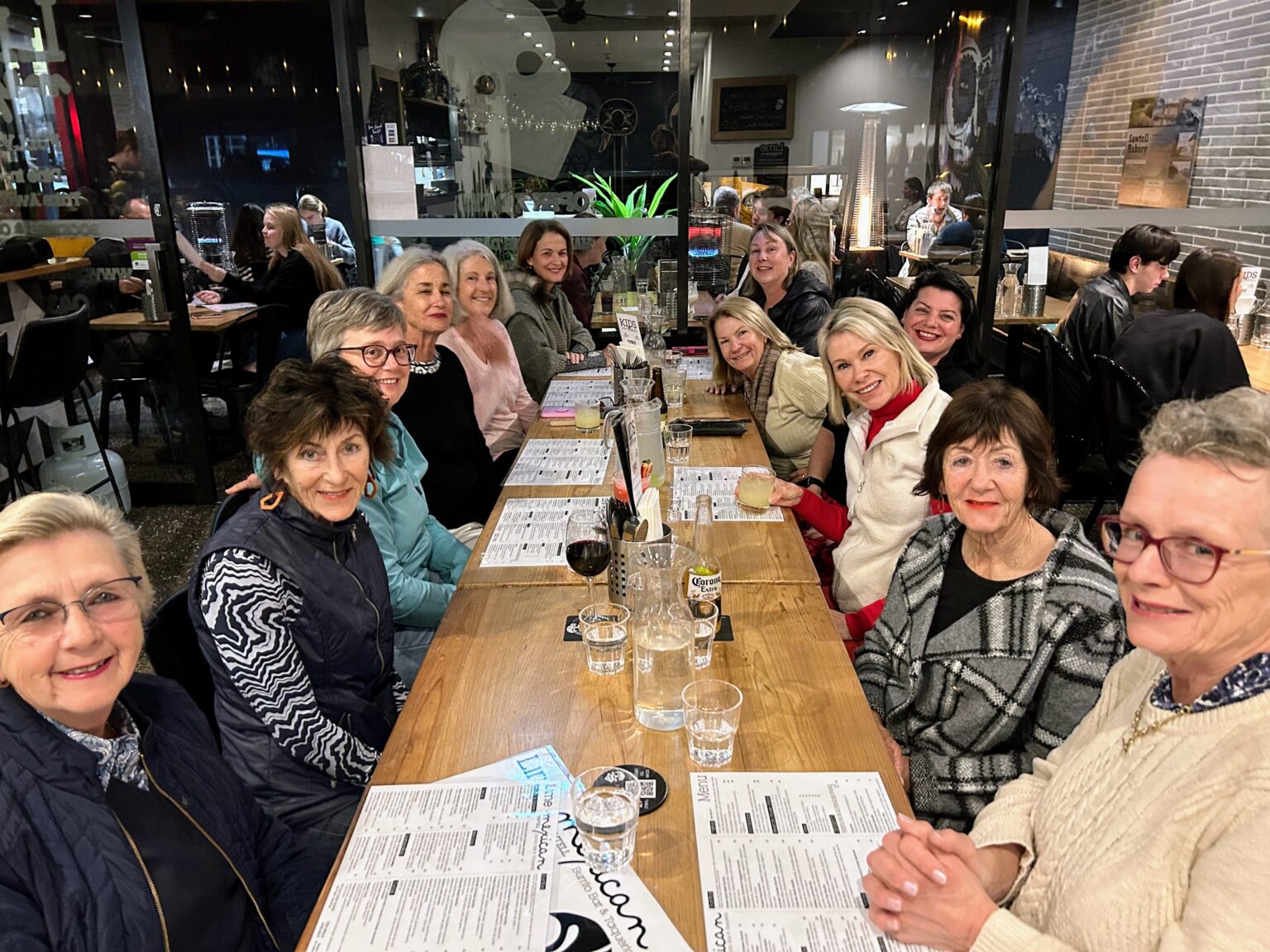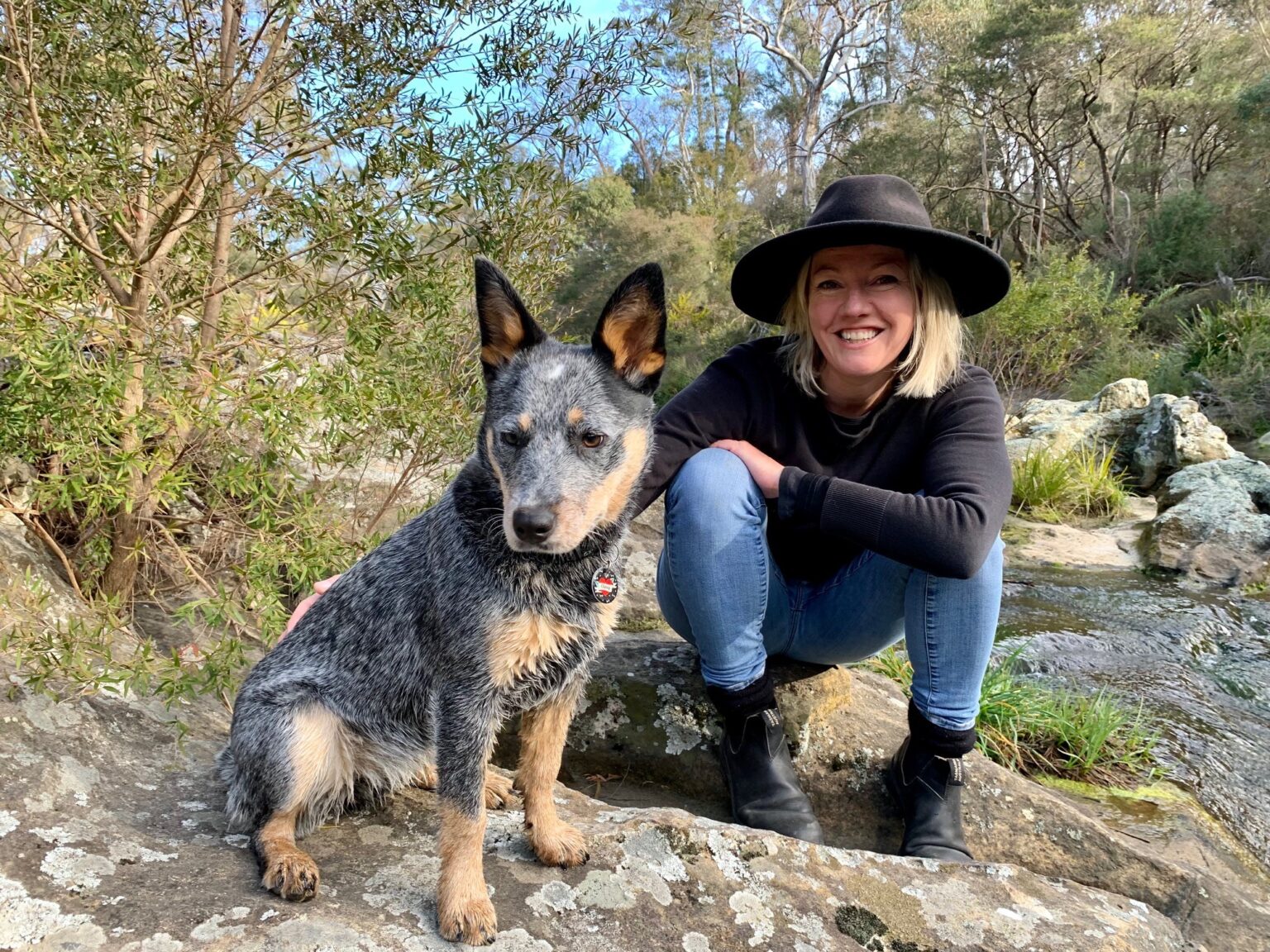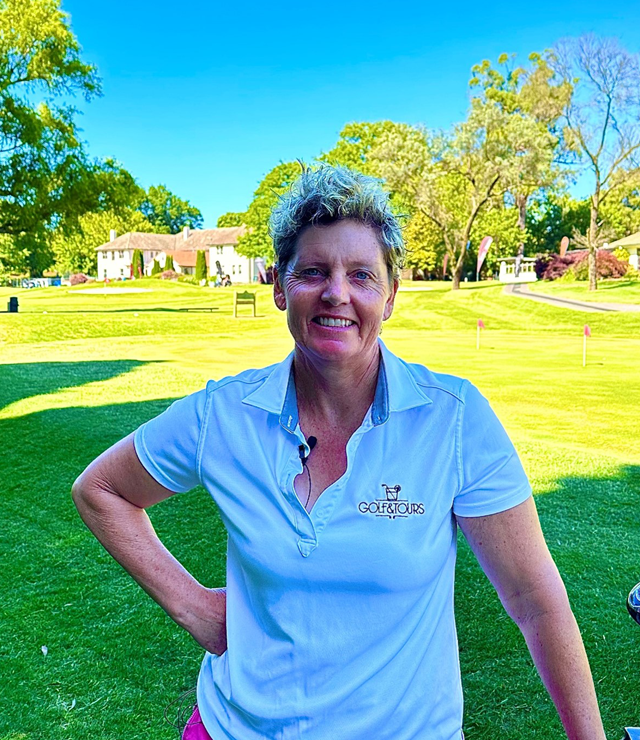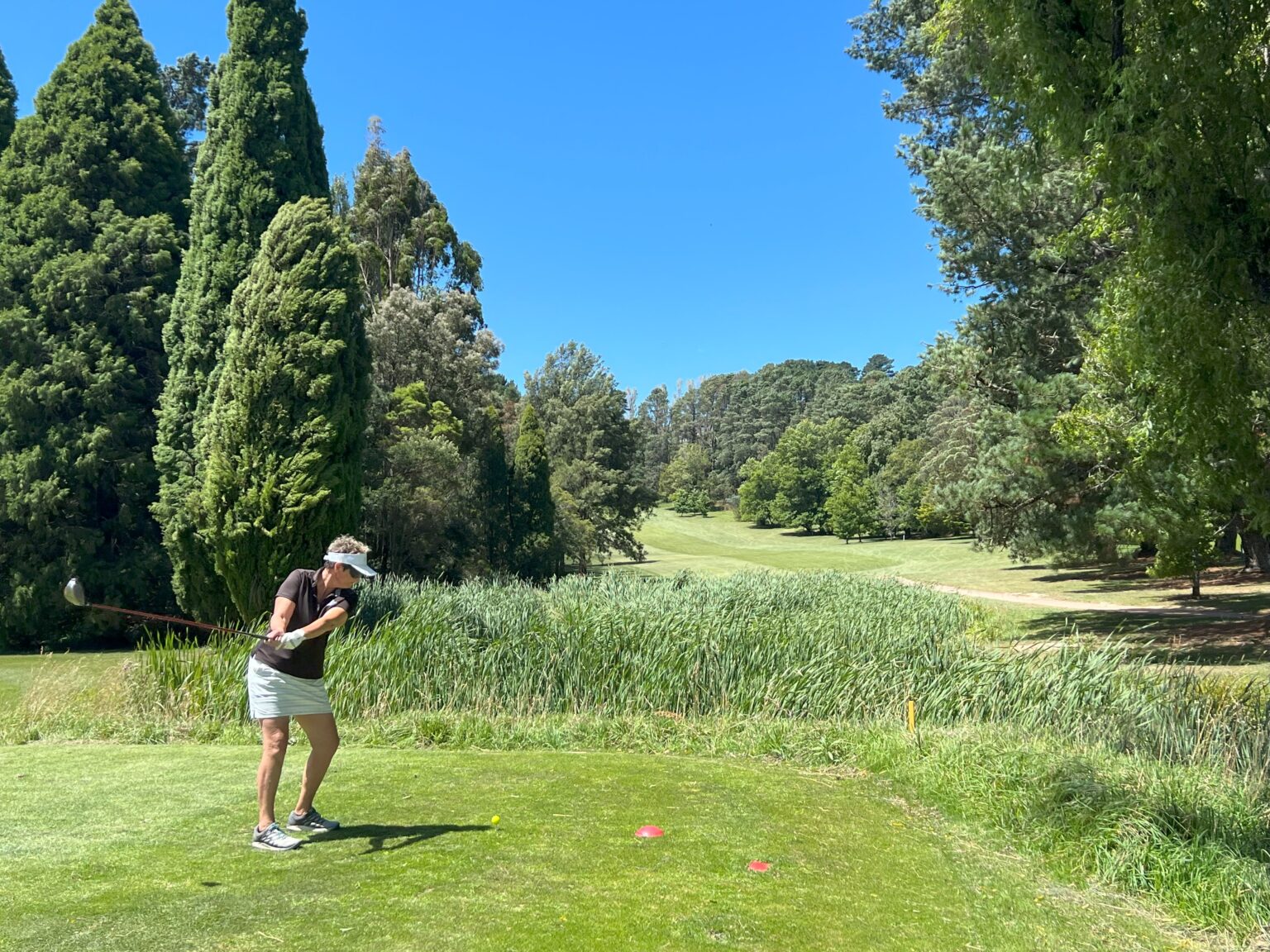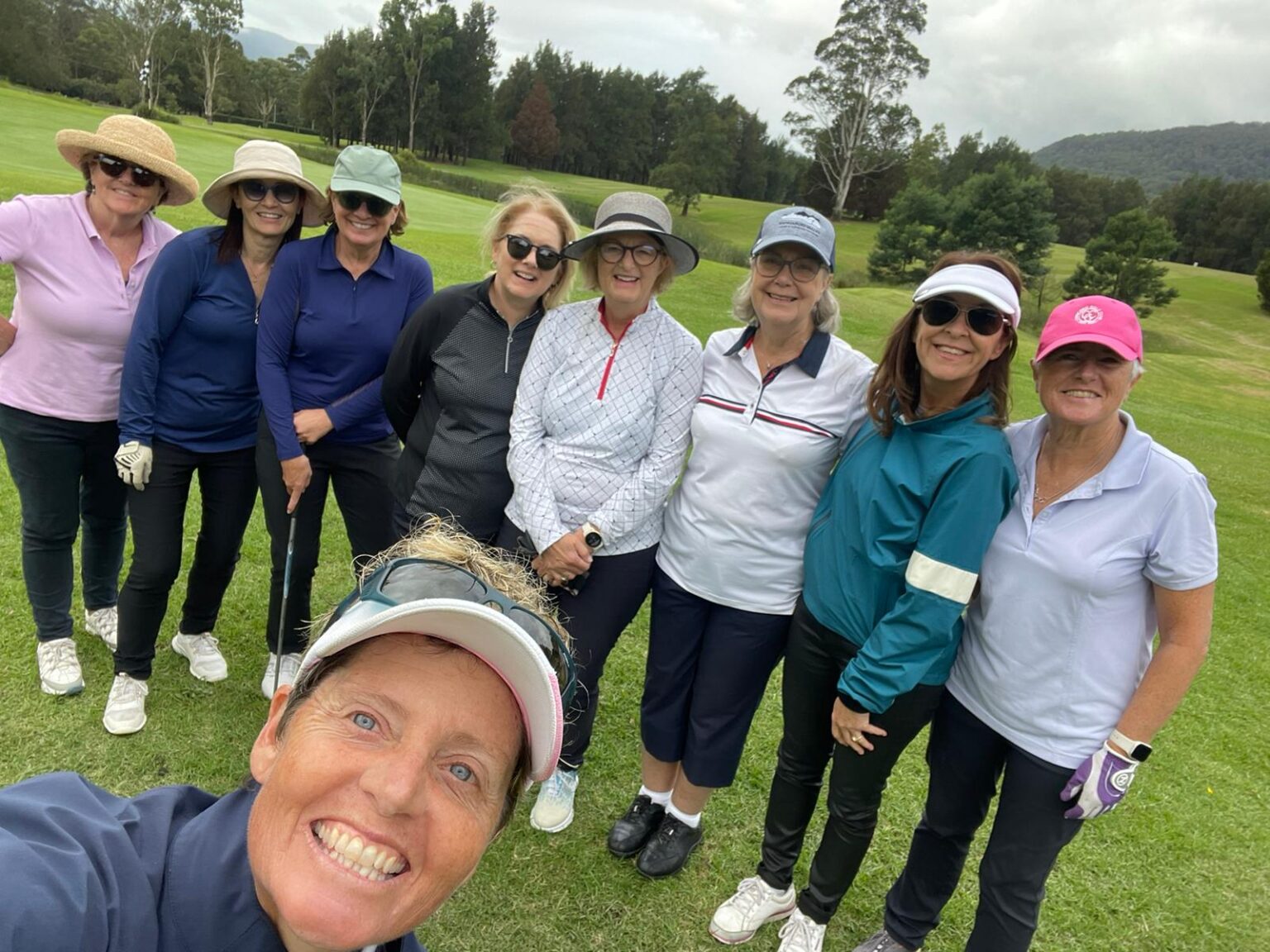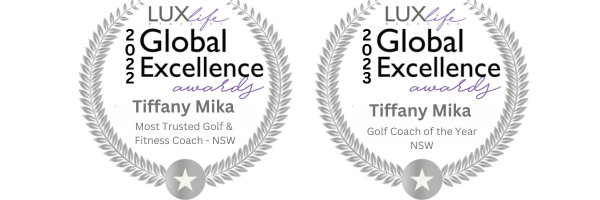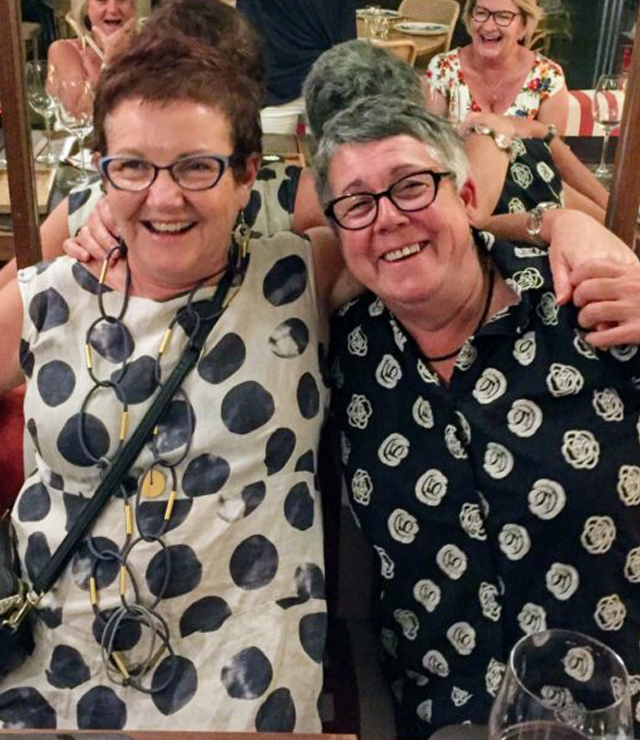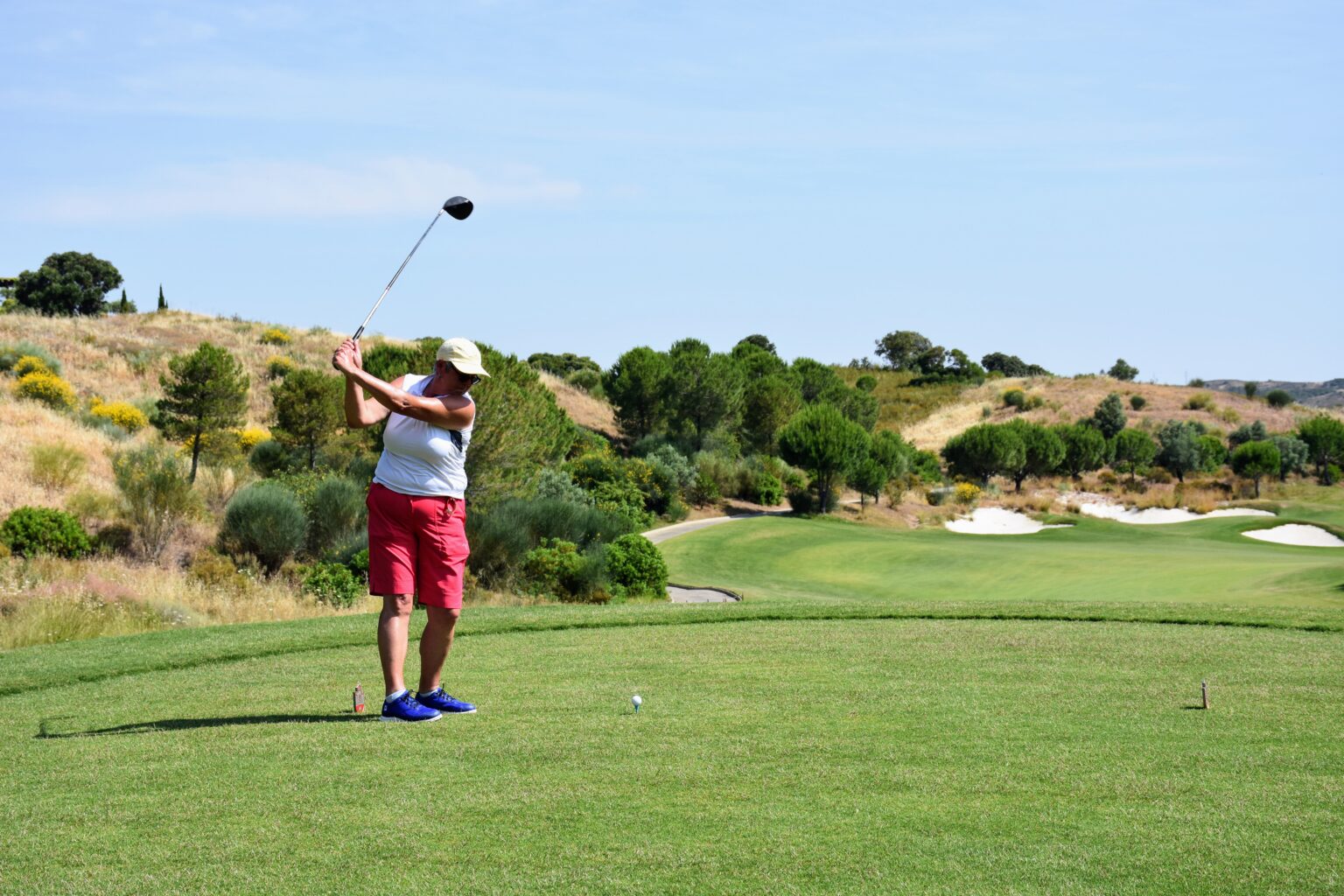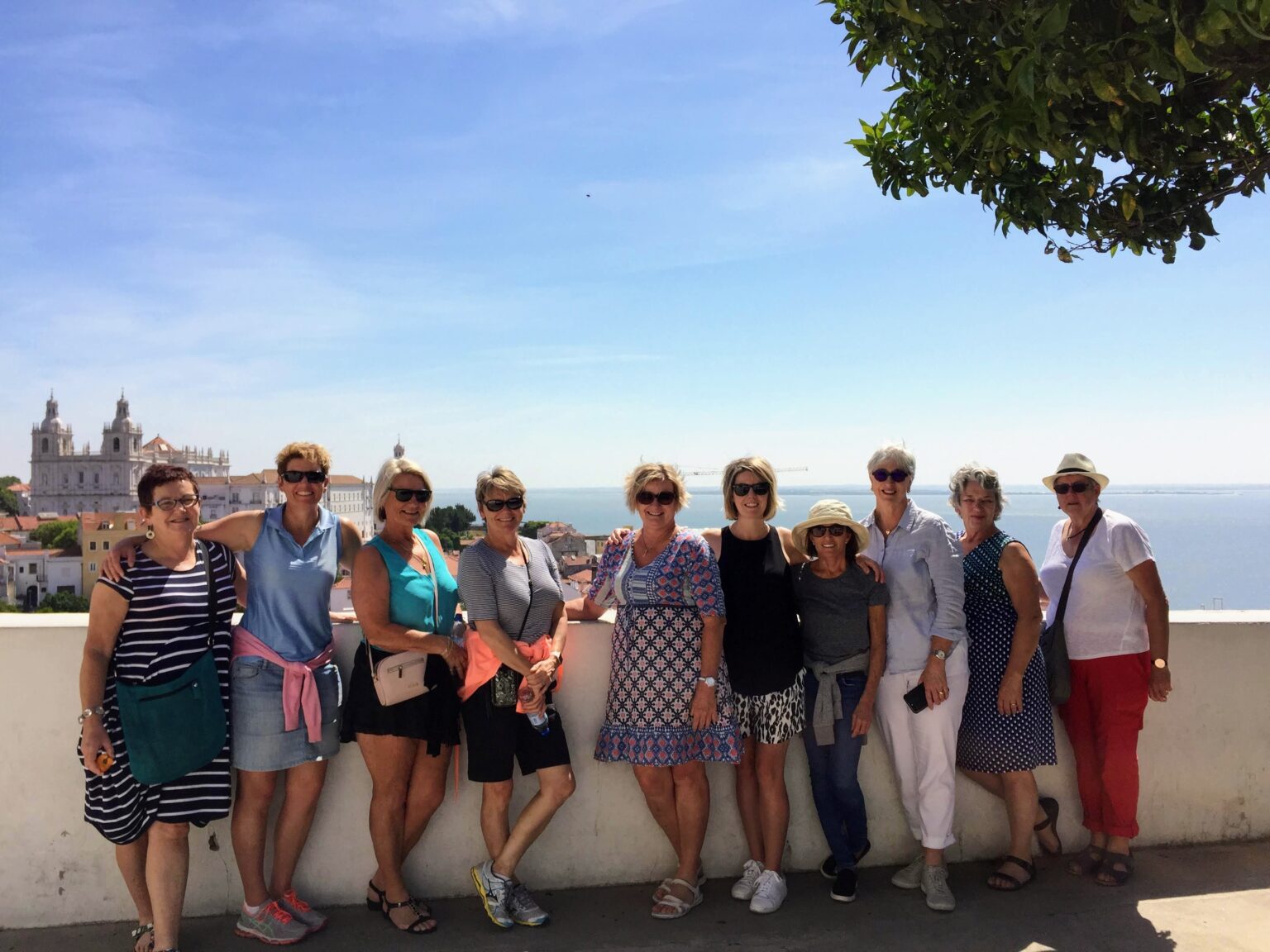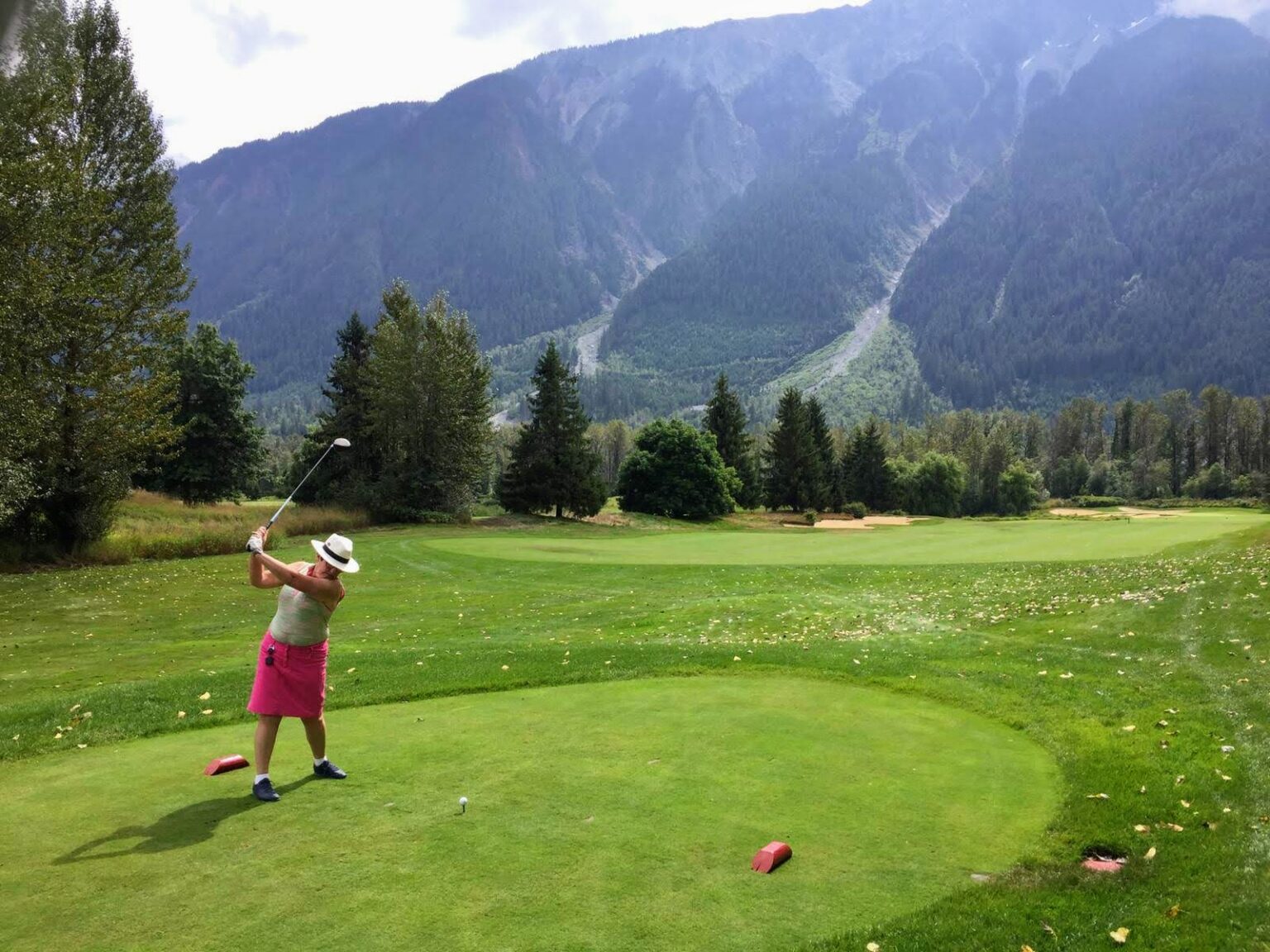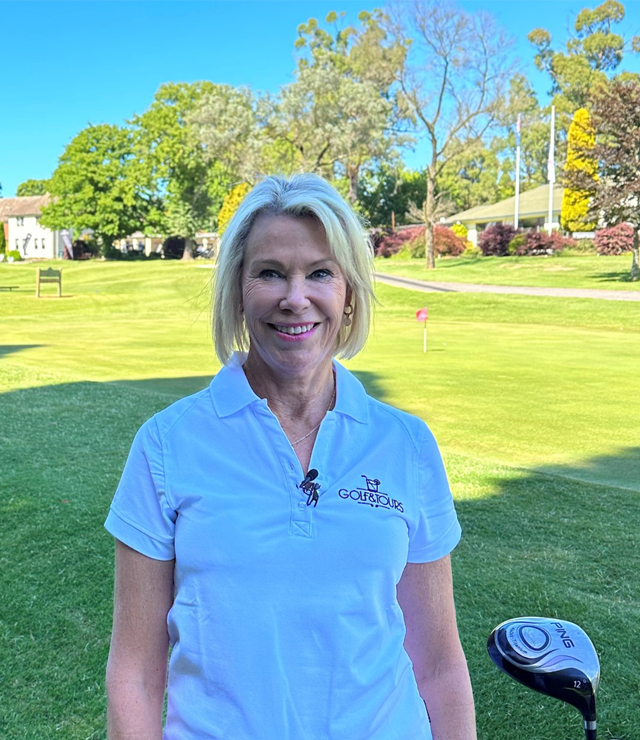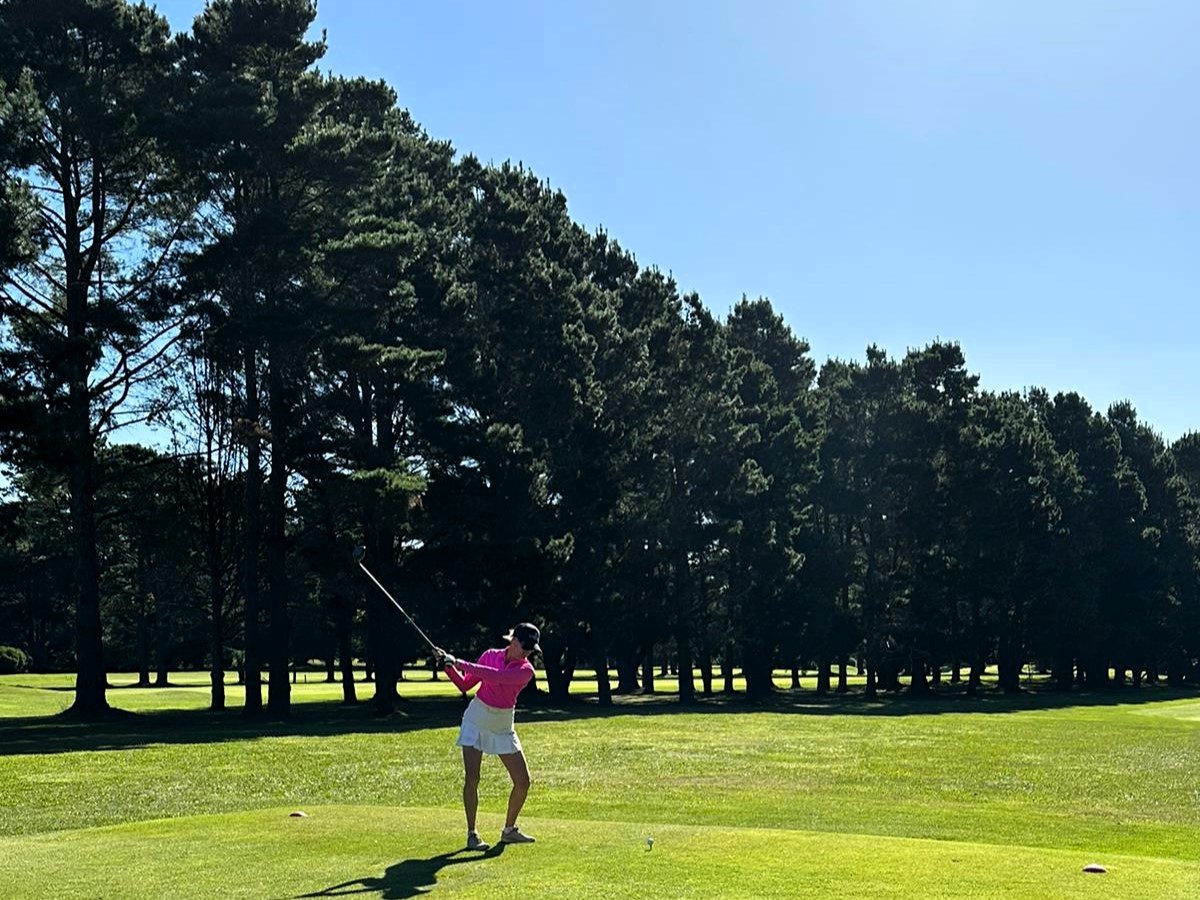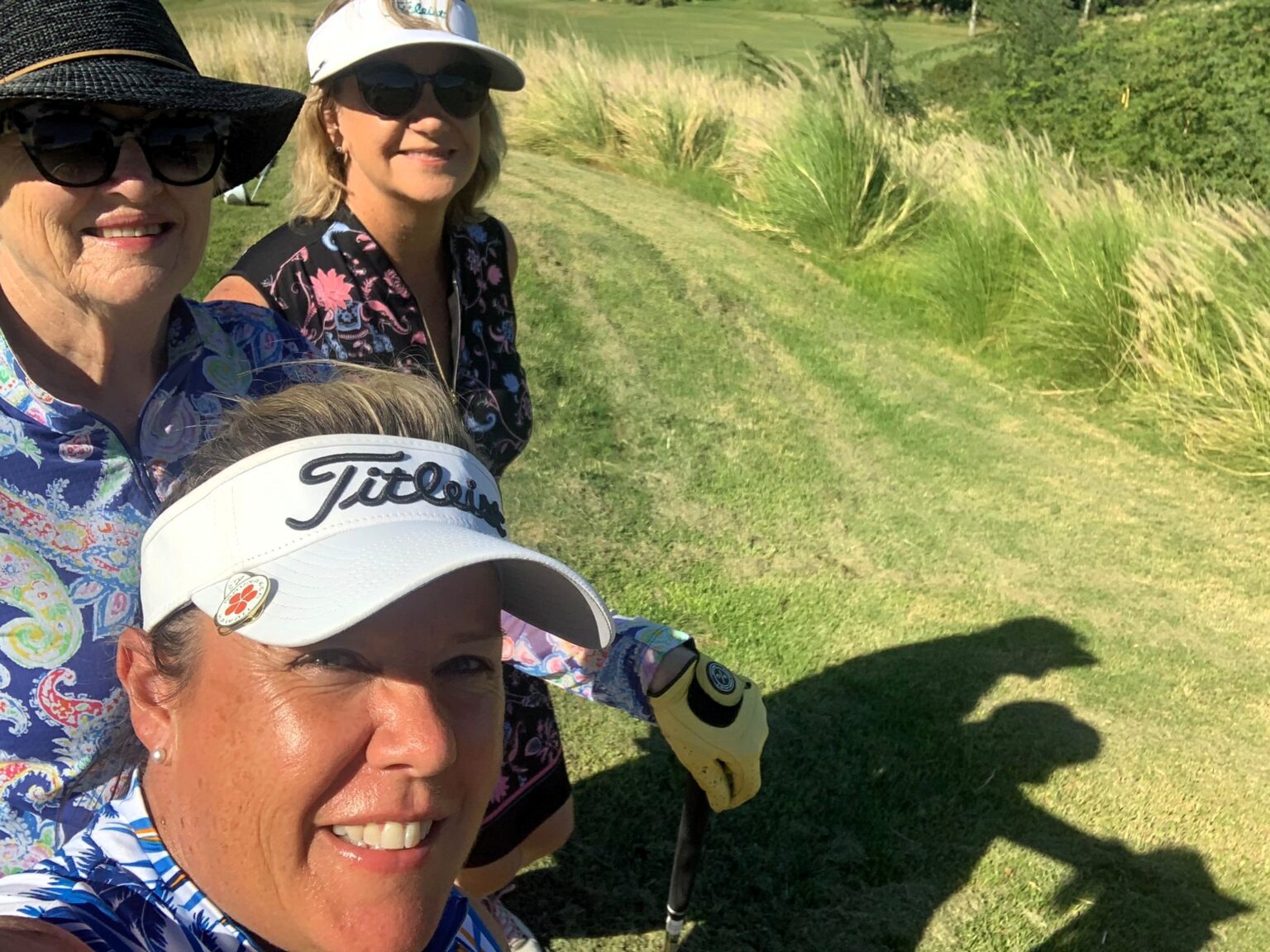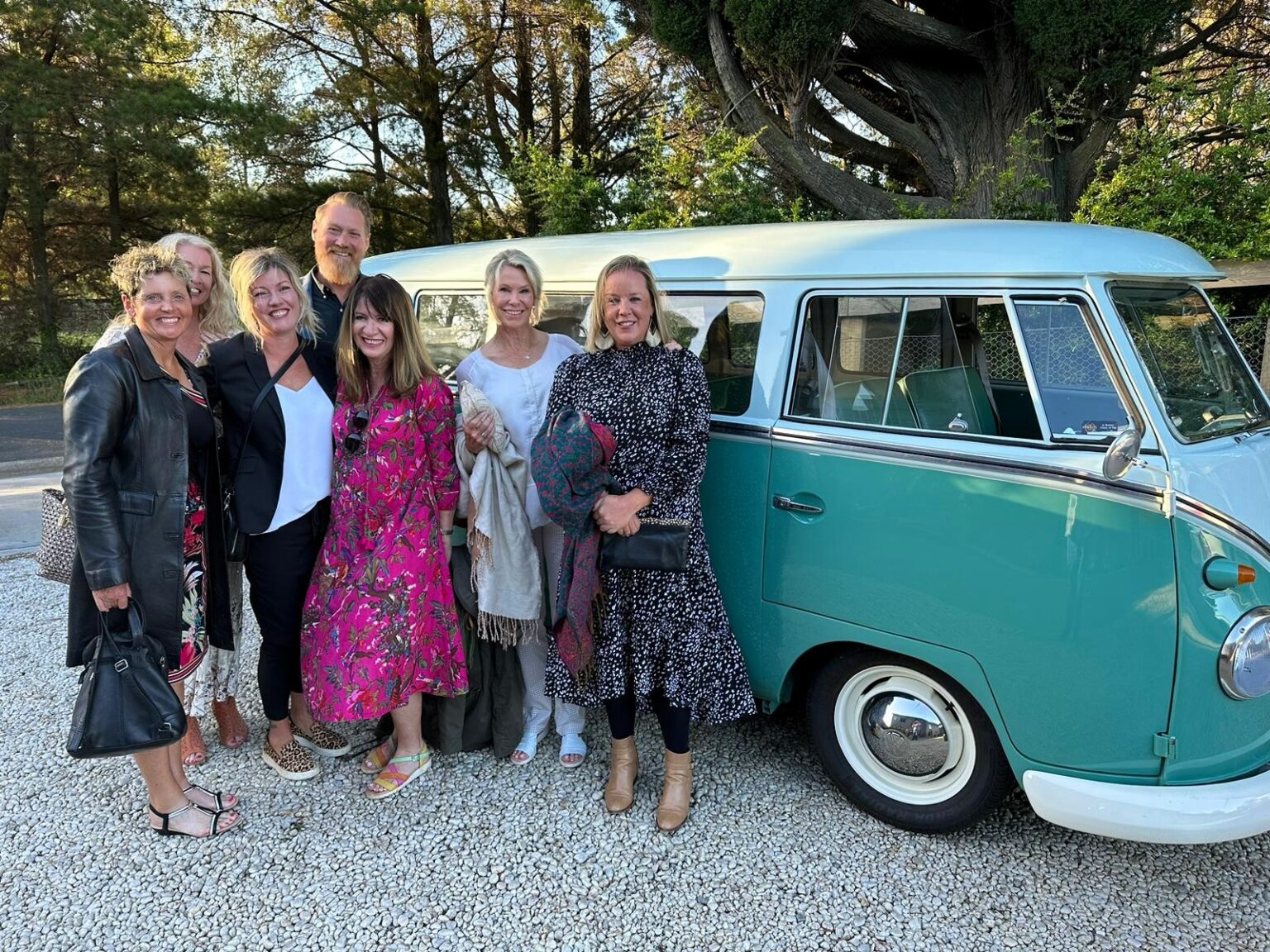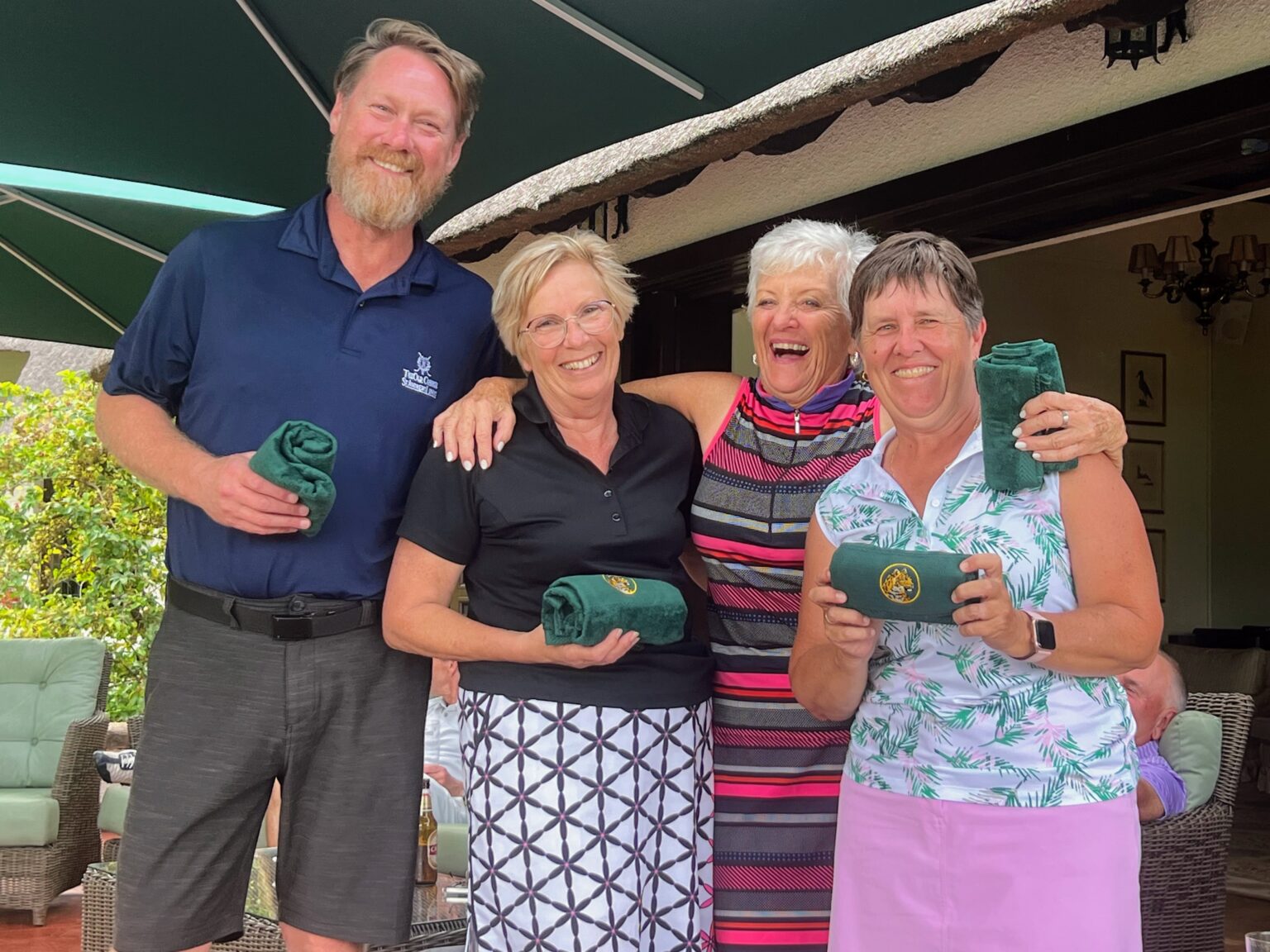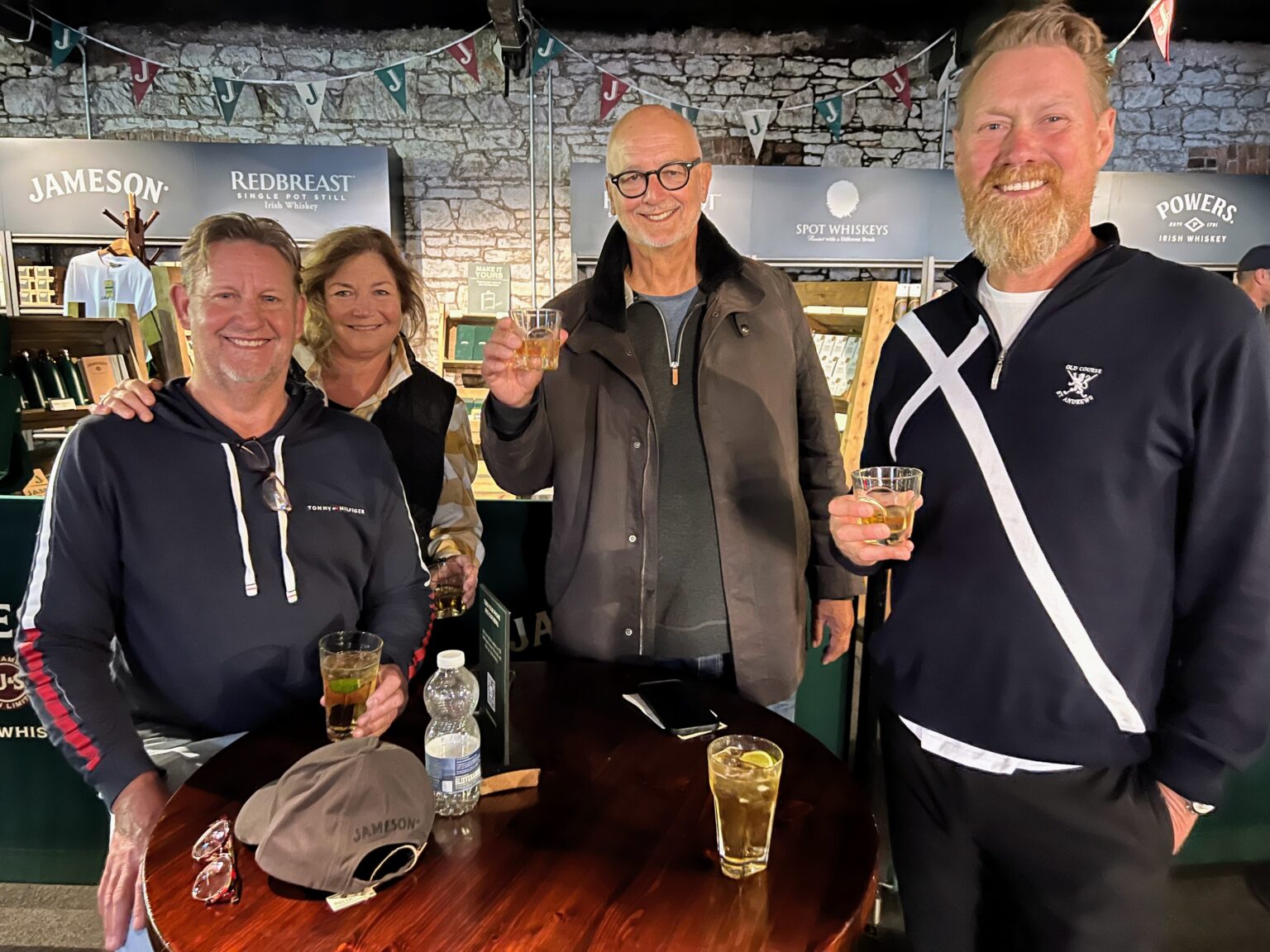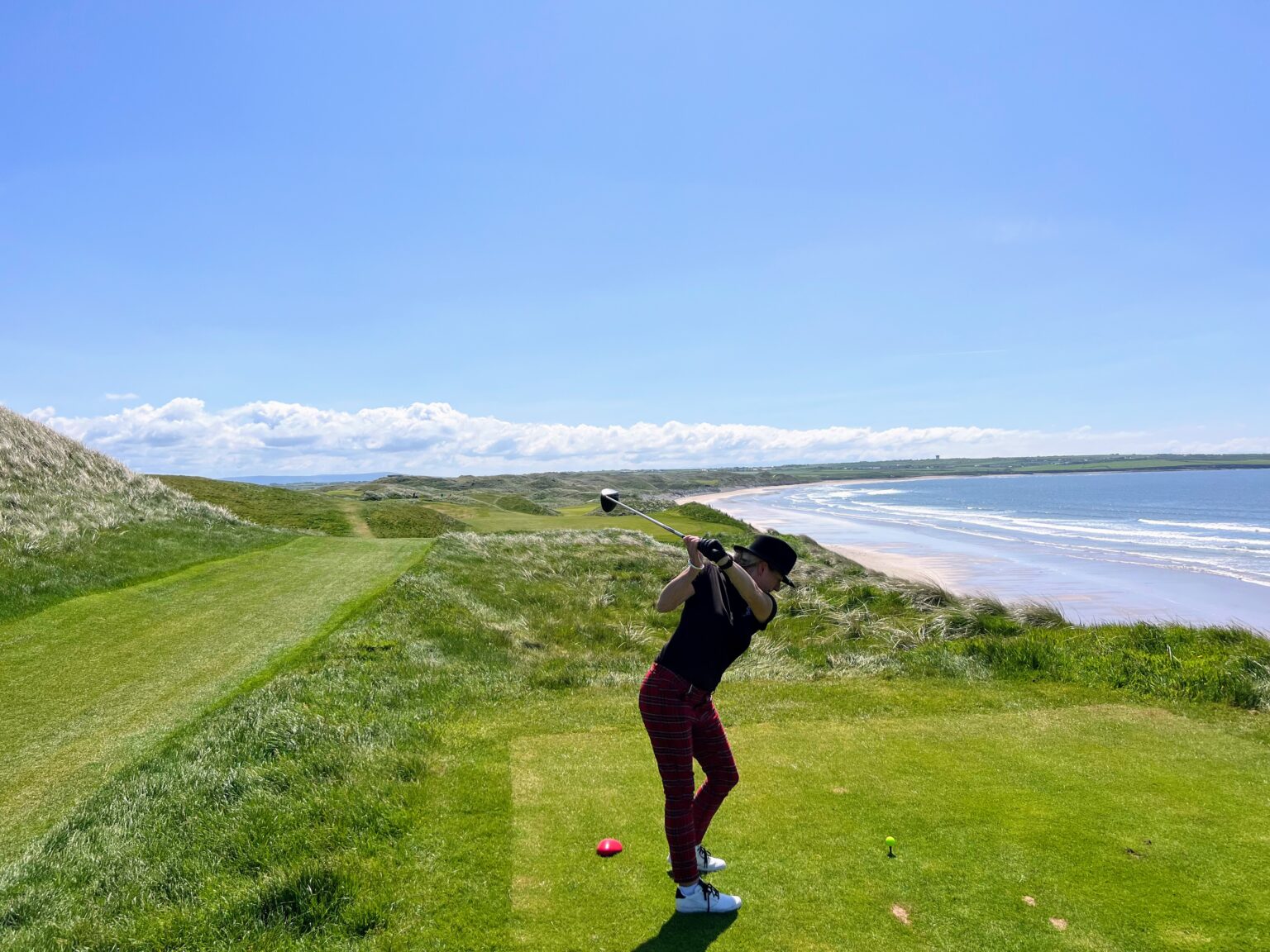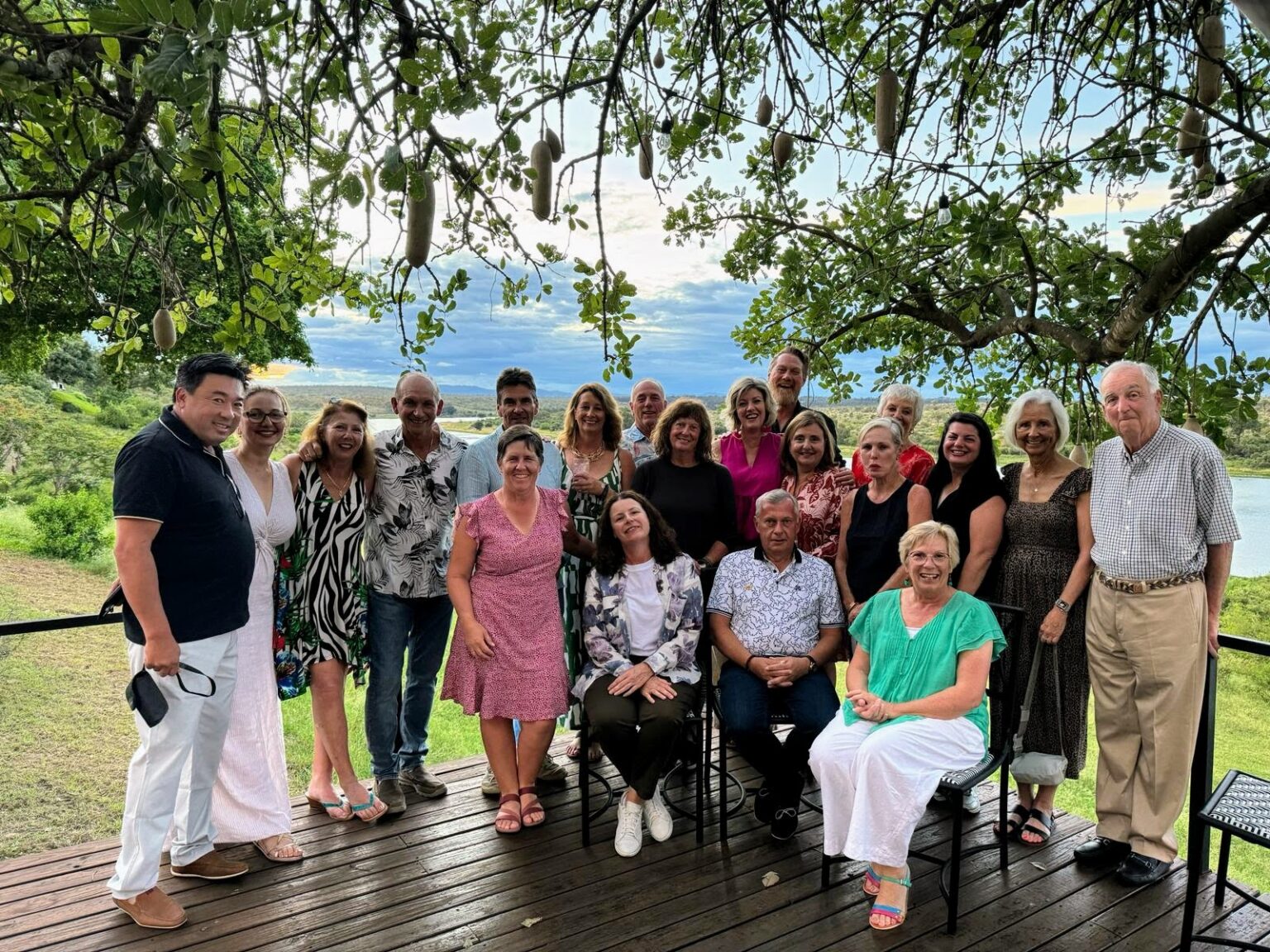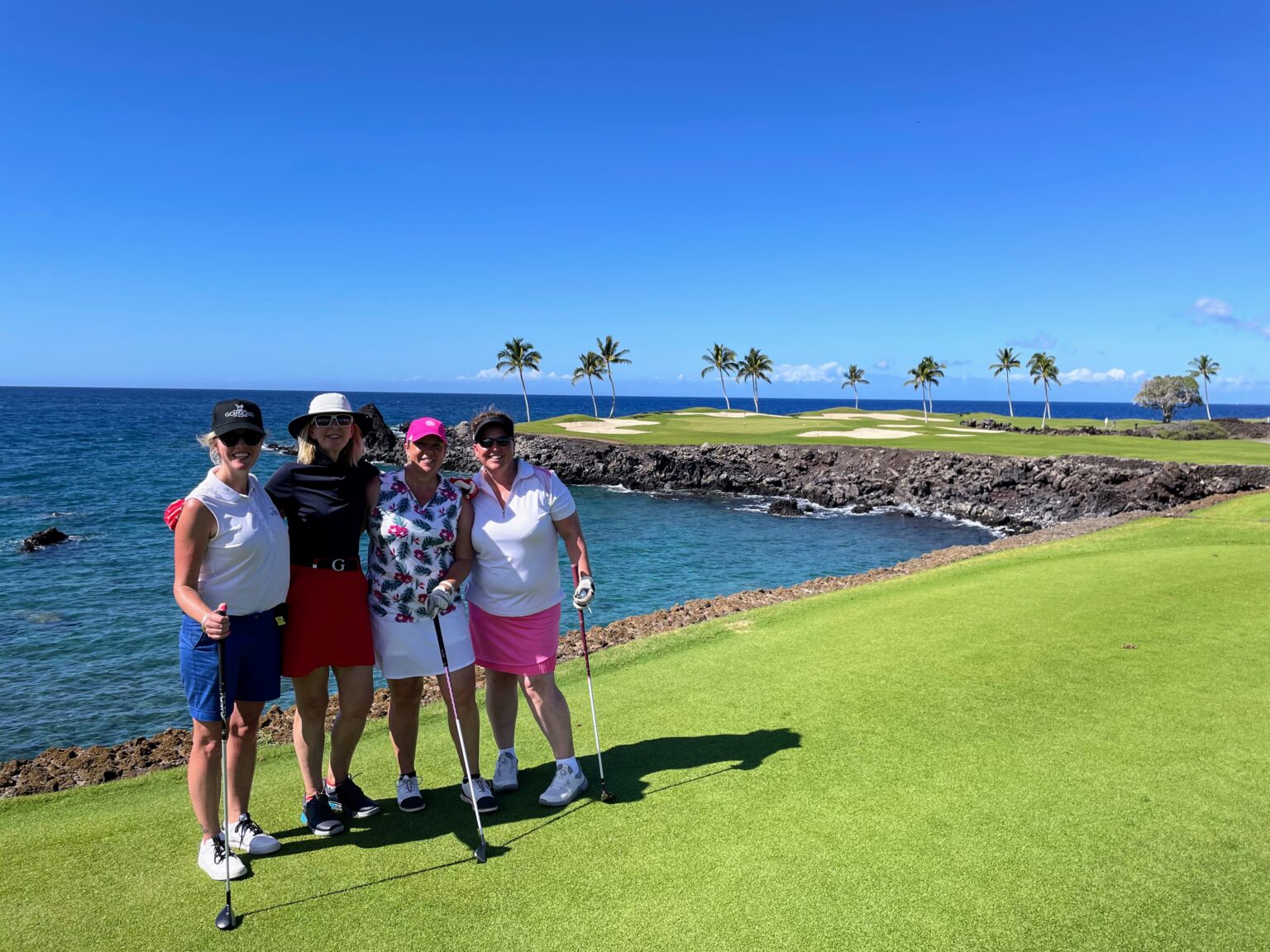France in a Glass: Discovering Bordeaux and the Loire Valley’s Wine Regions
At Golf & Tours our trips are not just about fantastic golf, we also like to explore, immerse ourselves in local culture and indulge in luxury – our Golf & Tours France Golf, Wine & Champagne Escape does just that!
France is home to some of the most iconic wine regions in the world, but few capture the imagination and palate quite like Bordeaux and the Loire Valley. These two regions not only produce exceptional wines but also tell stories of history, climate, luxury and culture in every glass. Whether you’re a casual sipper or a seasoned wine lover, here’s why these regions deserve a place on your travel list.
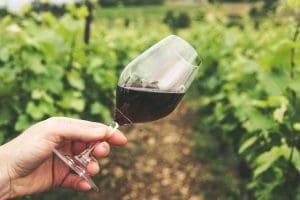
Bordeaux: The Global Standard for Red Wine
A Brief History
Bordeaux wine is famous for its exceptional red blends, particularly those made from Cabernet Sauvignon, Cabernet Franc and Merlot, which offer complexity, structure, and remarkable aging potential. The region’s global reputation was solidified by the historic 1855 Classification, which ranked its top châteaux and established Bordeaux as a benchmark for fine wine.
Bordeaux’s winemaking history stretches back to Roman times, but it gained major prominence in the 12th century when Eleanor of Aquitaine married the King of England – turning Bordeaux into England’s wine cellar. By the 1855 Classification under Napoleon III, the region’s top estates were officially ranked, many of which still hold legendary status today.
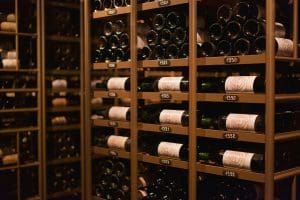
Grape Varieties & Terroir
Bordeaux is famous for luxury blended wines, primarily made from:
Cabernet Sauvignon – bold, structured, age-worthy
Merlot – soft, plush, fruit-forward
Cabernet Franc, Petit Verdot, Malbec – used in smaller amounts for complexity
Whites: Sauvignon Blanc, Sémillon, Muscadelle
The region is divided by the Gironde River into:
Left Bank – Cabernet Sauvignon dominated wines grown in gravel-rich soils. These wines have bold structure, firm tannins due to their gravelly soils and proximity to the Atlantic.
Right Bank – Merlot dominated wines often blended with Cabernet Franc. These varieties are grown in clay-limestone soils creating a softer, fruitier.
Tasting Notes
Left Bank Reds: Powerful, structured, notes of blackcurrant, cedar, tobacco, graphite
Right Bank Reds: Rounder, softer, with plum, chocolate, spice, and floral notes
White Bordeaux: Crisp or creamy, with citrus, peach, and herbal aromas
Sauternes: Sweet wines with honey, apricot, and marmalade from botrytized grapes
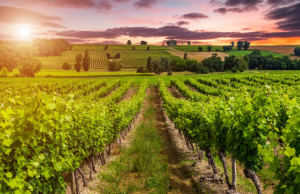
The Loire Valley: France’s Most Diverse Wine Region
A Brief History
The Loire has been a winemaking hub since the 1st century AD, and by the Middle Ages, its wines were prized by kings and aristocrats. Known as the “Garden of France,” the region is now a UNESCO World Heritage site, celebrated for its elegant wines and fairy-tale châteaux.
If you join Golf & Tours on our unforgettable France tour you will be able to experience the enchanting and historic town of Amboise. Renowned for touraine Amboise AOC wines, which include crisp dry and off-dry whites made from Chenin Blanc, as well as fruit-forward reds and rosés from Gamay, Cabernet Franc, and Malbec (Côt). These wines often reflect the freshness and elegance typical of the Loire Valley.
Grape Varieties & Terroir
Spanning over 600 miles along the Loire River, this region grows an impressive range of grapes:
Sauvignon Blanc – especially in Sancerre and Pouilly-Fumé
Chenin Blanc – in Vouvray, Saumur, and Anjou, from dry to sweet to sparkling
Melon de Bourgogne – used in Muscadet, perfect with seafood
Cabernet Franc – light to medium reds in Chinon and Saumur
Gamay, Pinot Noir, Grolleau – for reds and rosés
The cool climate and varied soils (chalk, limestone, schist, and flint) create crisp, aromatic wines with lively acidity.
Tasting Notes
Sancerre & Pouilly-Fumé: Zesty, mineral-driven Sauvignon Blanc with notes of lime, gooseberry, and flint
Vouvray: Chenin Blanc ranging from dry and floral to lusciously sweet with honey, quince, and stone fruit
Chinon Reds: Elegant Cabernet Franc with red berries, earth, and soft tannins
Muscadet: Light-bodied whites with saline notes, perfect for oysters
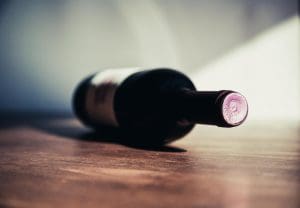
What Makes These Regions So Special?
Terroir Diversity: From Bordeaux’s gravel banks to the Loire’s chalky hillsides, the range of soils and climates allows for stunning wine variety.
Heritage & Prestige: Bordeaux’s grand châteaux and classified estates contrast with the Loire’s intimate, often family-run wineries — both steeped in tradition.
Wine Styles for Every Palate: Whether you prefer bold reds, crisp whites, or sweet and sparkling wines, these regions offer it all.
Food & Wine Culture: The culinary traditions of both regions are deeply entwined with their wines, making every meal an experience.
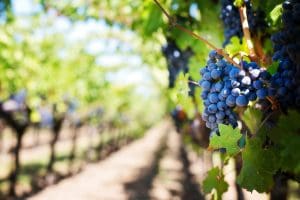
In Summary
Bordeaux offers power, prestige, and perfect blends – wines that have shaped the world’s palate for centuries. The Loire Valley provides diversity, freshness, and charm, where every bend in the river reveals a new grape, a new flavour, and a new story.
What better way to finish your day of world-class golf than with a luxury glass of local wine.
Experience all of the luxuries that France has to offer on our amazing France Golf, Wine & Champagne Tour in September 2026!
https://golfandtours.com/mixed-tours/2026-france-golf-wine-champagne-escape/
Quick Wine Tasting Tips for Beginners
Look – Check the colour and clarity. Deeper colour often means bolder flavour. Swirl gently to see the “legs” – they hint at alcohol or sugar levels.
Smell – Take a deep sniff. Look for fruit, floral, spice, or earthy aromas – just notice what stands out.
Taste – Sip and swirl in your mouth. Notice: Sweetness or dryness; Acidity (mouth-watering); Tannins (dry feeling); Body (light or full); Flavours (fruit, oak, spice)
Finish – See how long the taste lingers. A long finish usually means higher quality.
Trust Yourself – No right or wrong answers — enjoy what you like!
À votre santé!

